Have you ever wondered what it looks like when you go past your “ceiling” when thinking about ISO? Four years ago my ceiling was probably ISO 400. Today, my ceiling is different depending on the camera I’m using… Typically it’s in the neighborhood of ISO 6400. In fact, I use ISO 6400 so often that I wouldn’t even consider a camera that couldn’t put together a nice image at 6400. But what about ISO 12800?
Is it usable? That’s the question I asked myself when I took this shot. I wasn’t worried about the sharpness or whether or not it was over or under exposed, I was fairly certain it would be a noisy mess so it wouldn’t really matter. Surprisingly, when I blew it up on the retina screen back home it wasn’t bad at all. I don’t think it would win any contests because of the noise, but it’s certainly clean enough for just about any other use.
70mm, f/5, ISO 12800, 1/40 sec. taken with the Nikon D810 and Nikon 70-200mm f/2.8G
The photo has been post processed in Lightroom and the noise has been dealt with as best as it can be using only Lightroom. Feel free to leave your thoughts.
Have you tested your camera beyond your “ceiling” ISO? I encourage you to push the boundaries of your comfort zone in regards to ISO, you may be surprised by what your camera can produce… Not jaw dropping surprised, like when someone jumps out of your closet and scares the poop out of you, but more of a shoulder shrug and sigh kind of surprise… Like when you find a couple bucks in your wrinkled, wore them for the last five days, pants that you should probably put through the wash today, Dirt Ball.

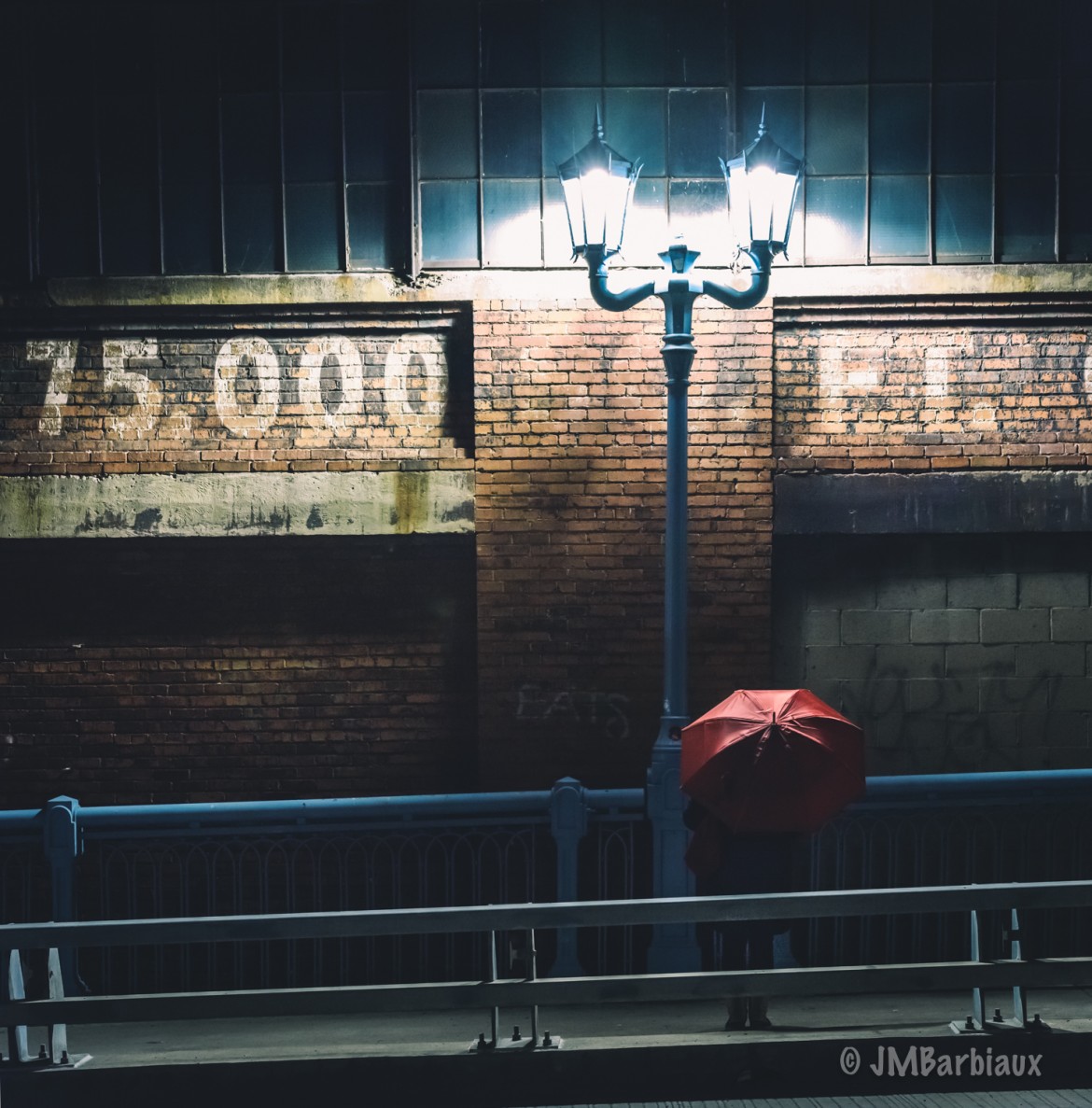
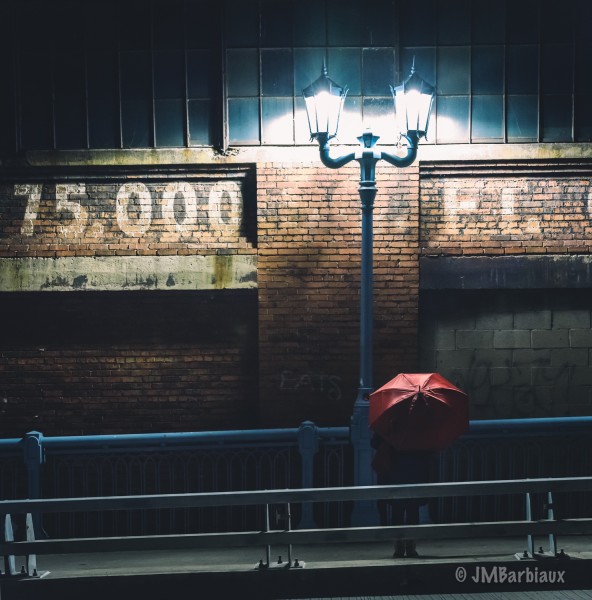
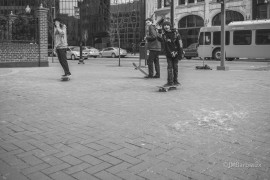
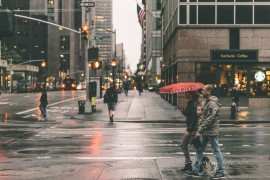
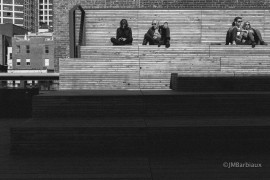
My Fuji cameras never cease to amaze me with noise free images at ISO 3200 or 6400 and I believe the newest models go much higher. Oh dear, I said I’d finished buying more cameras!
Why Lightroom? Is this the best package for noise reduction?
Hey Tim, I wouldn’t say it’s the best but it’s probably the fastest since I start my post processing there. There are lots of noise correction solutions out there and I’m sure all have their pros and cons. As for why, it’s because I’m already in Lightroom when I download my images from the SD card. Though if I needed more correction I’d edit in Photoshop next and then after that, if I still felt more could be done, I’d look at other software (I’ve heard good things about various third party software but never pulled the trigger because I felt like adding more software will just slow me down as far as workflow).
Hi from across the pond, I think that’s pretty impressive for 12800. At 1250 its really clean, and at 1600 Its still relatively low noise, from a sensor with such a high density pixel count. I can see grain from from 3200 up but much less than I had expected and that’s if i’m pixel peeping. However the D750 ISO for ISO looks a little cleaner. I have only pushed the 810 up to ISO 10000 and I think the image was usable especially if you don’t under-expose the shot.
As a landscape Tog i’m unlikely to push the extremes of ISO but its great to know its possible. When I take it out for some Astro work i’ll get a better idea of how its handling the noise at ISO 3200 – 6400.
With regard to best software for noise reduction, I would say,the software you are most used to using. Mastering post production is key, if your great at Photoshop then use that. Basically whatever you are proficient at using and dependent upon your own workflow. I, like John take all my images into Lightroom, and work on them there, if they need extra work then I take them to Photoshop. Try not to get bogged down with all these silver bullet cures proclaimed by different plugins and additional programs is my advice. Some are excellent it has to be said, but most of the work can be achieved in Lightroom or Photoshop.
Hello! I completely agree with you. I can’t tell you how many times I’ve sampled a “magic-bullet” program only to come back to Photoshop or Lightroom for more consistent reliable results. Take care and thanks for sharing!